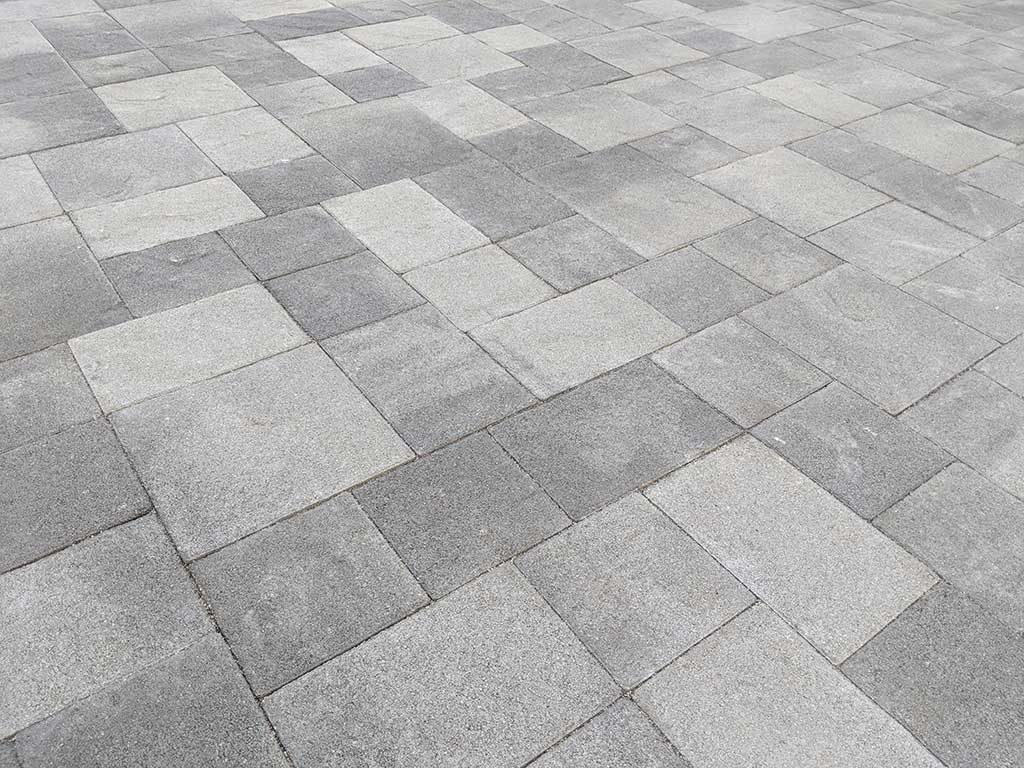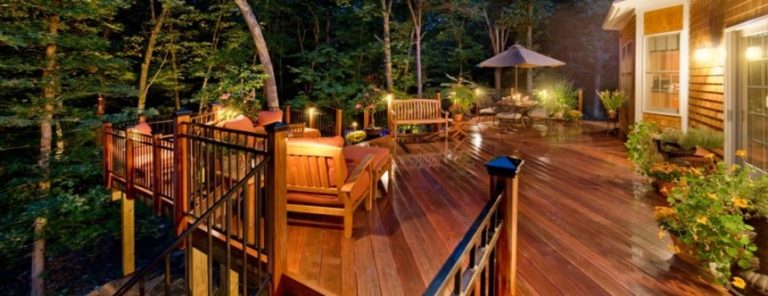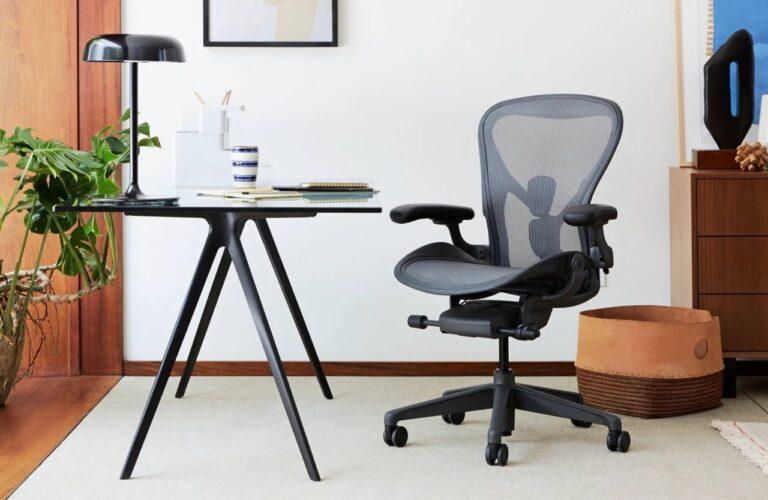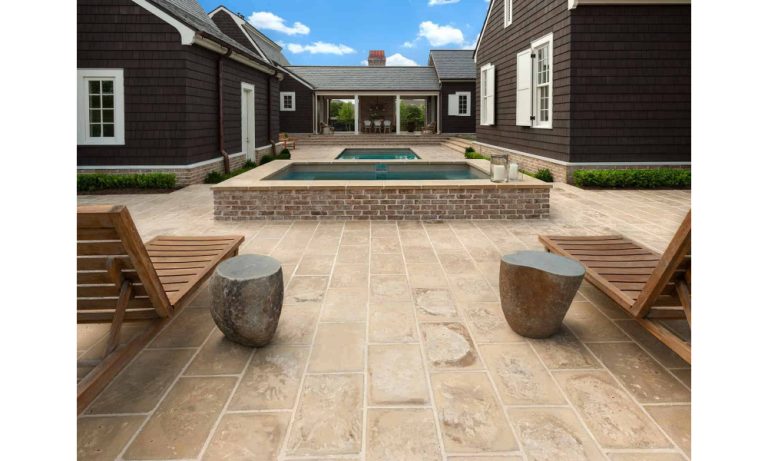
Did you know, apart from enhancing your properties’ beauty, as well as the being economical, the permeable interlocking pavers have a positive contribution towards the environment?
In this blog, we are going to highlight some of how you can improve on your environment and the surrounding ecosystems while still enhancing your properties’ looks. The permeable interlocking paver is a hardscaping material that can help you achieve this.
First of all, what is a permeable interlocking paver, also known as the permeable concrete, pervious concrete, or porous concrete?
Below is what you need to know about the permeable/porous/ pervious concrete and why it is a greener, economical, and more sustainable choice for your properties’ hardscaping needs.
What is a permeable and impermeable surface?
Permeable surfaces are surfaces which allow the sipping of water through them, percolating into the soil below them, while impermeable services can be described as surfaces that block the penetration of water through them, which mostly results to runoffs and stagnations, causing damages and contaminations of the nearby water bodies and ecosystems.
Some types of pervious interlocking pavers include;
- The permeable interlocking concrete pavers
These Pavers are discrete units, usually laid out in an “interlocking grid pattern” having spaces in between them that are filled with stones or grass. They are mostly used in the driveways.
- The porous clay brick pavers
These are similar to the porous interlocked concrete stones in terms of functionality. The only difference they have is that these are made from fired clay, instead of the concrete.
How are the interlocking permeable pavers used?
They are commonly used in walkaways, light traffic areas, landscape, parking lots, driveways, and greenhouses.
To help further in drainage, the concrete is positioned at the top of a compacted subgrade, for instance, sand or gravel.
Why is it used?
The pervious concrete allows the sipping of rainwater through it, reducing cases of runoffs, as well as allowing the natural infiltration of water in the soil and filling the levels of groundwaters. This further helps in maintaining a balance in the ecosystem by avoiding;
- Flash floods
- Soil erosion
- Depletion of the water table
- Water pollution in streams, ponds, lakes, coastal waters, etc.
What are their benefits?
Pervious Interlocking pavers apart from improving on beauty, they offer great environmental benefits as well as financial benefits. This is due to the fact that they are easy to store, thus reducing installation costs.
How long do they last?
When installed correctly and maintained well, the interlocked pavers may last for twenty (20) to forty (40) years.
However, these pervious pavers might be expensive at first, but in the long run, they save you extra costs you would incur while solving the damages caused by the stormwater. Also, due to their porous nature, you don’t have to worry about the surface grading, storm drains, sloping, and underground piping.
Give your compound an immaculate and modern look, with the permeable interlocking pavers. Get your preferred design and color today!







